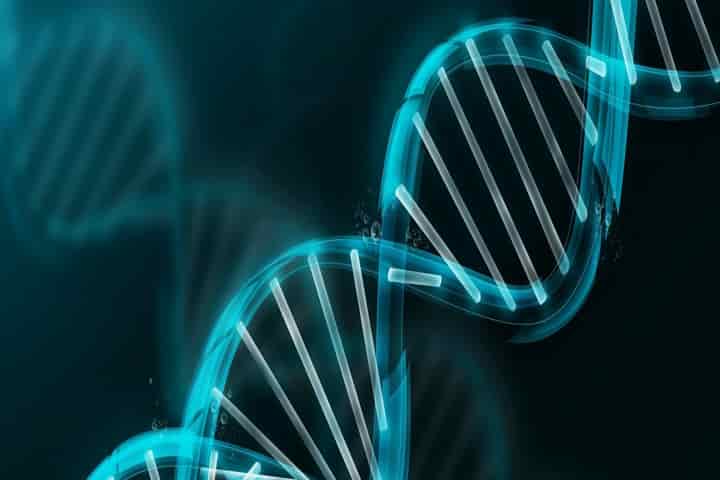In a major find, Chinese researchers of the country’s foremost forensic academy have discovered differences in the genetic make-up of three distinct ethnic groups in East Asia. The institution located in Beijing has studied the groups, namely, northern Chinese, Koreans and Japanese.
The dissimilarity in three groups are coded in less than 50 variations across the sequence of the human genome, according to a report in South China Morning Post. According to the scientists involved in this research, these genetic codes could be used by police authorities to find out the origins of a person which can help in identifying a body.
The Ministry of Public Security’s Institute of Forensic Science’s team stated that this identification was possible with more than 99 per cent accuracy. This holds true for even those cases, in which the tissue sample may be badly degraded or damaged.
In a paper which was published in the journal Hereditas this week, the team stated: “In recent years, with the frequent social and economic exchanges between China, Japan and South Korea, a large number of people have left their birthplaces to live in other countries and integrate into the local society.”
The team was headed by Li Caixia, a forensic scientist.
Also read: Emerging after decades, China’s Dragon Man claims to be man’s closest relative
The team also stated: “The use of genetic markers to infer the ethnic origin of samples plays a key role in forensic practice.”
Divergences in the genes among people of different ethnic groups is generally found to be negligible, although the people belonging to these groups may look different.
There is a close genetic link among the population hailing from northern China, Japan and the Korean peninsula. Li In the paper states: “The genetic relationship between the Han Chinese and Koreans or Japanese is closer than the relationship between the Han and ethnic minorities in China.”
On analysing hundreds of samples in the team’s as well as other databases, the researchers discovered more than 400 possible variations in the genetic codes of the populace belonging to the three ethnic groups.
From more than 400, the differences were brought down to 49. The reason for narrowing down these differences was to enable easier checking and eventually allow the laboratory results to come out faster.
The prepared variations, which were unique in nature, were not accepted immediately, instead it was tested against real-life genetic sequences. These real life genetic sequences were collected from northern China, the Korean peninsula and Japan.
With the exception of a single error, the results were found to be matching.
Despite this, a life scientist with the Beijing-based China National Centre for Bioinformation, who was not a part of the study, warned that the findings should be treated with caution.
Cautioning on the sensitivity of the issue being dealt with, a scientist on the condition of anonymity said, there was a necessity to expand the test database, thereby reducing the risk of bias. He further said that “interpretation and application of these results should be kept strictly within the field of forensic science”.
He made a valid point when he observed: “These tiny differences must not be used for discrimination, nationalism, as biological weapons or for other purposes, to sow more divide or conflict in this region.”
The study by Li and her team suggests that northern Han Chinese, Japanese and Koreans were likely to have common ancestors who evolved independently in recent millennia.
It was 60,000 years ago that the outward journey from Africa commenced with the modern humans believed to be arriving in Southeast Asia. From there they continued to journey north and move across China.
It is speculated that this group may have met other early human species, like the one recently discovered in northeast China, who has an exceptionally large brain. The group which arrived from outside is likely to have replaced them all, according to previous studies.
In course of time, more than 3,000 years ago, tribes which were settled in the lower Yangtze River area, moved to the Korean peninsula. It is from here that the migration to Japan took place, where the indigenous societies consisting of hunters-gatherers were wiped out leading to establishment of a culture known as Yayoi, the paper stated.




















